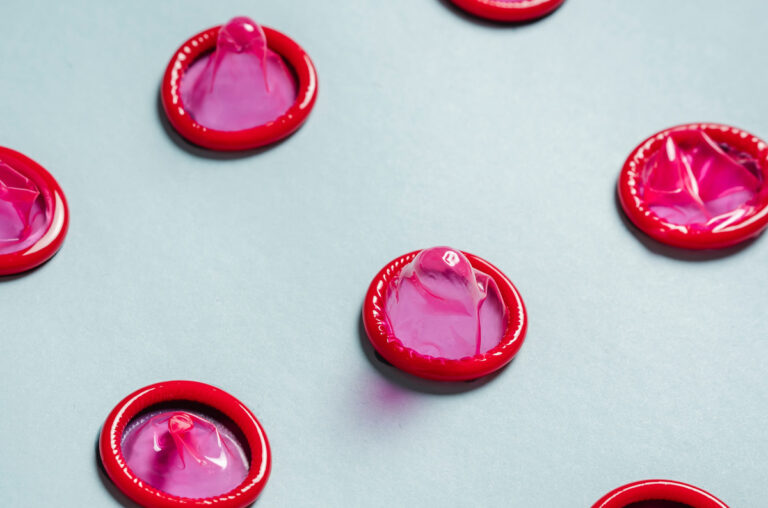FDA approves first condom designed to prevent HIV during anal sex

Back in 2016, Reddit’s r/todayilearned (TIL) was graced with a post titled “TIL FDA [the US Food and Drug Administration] has never approved any condom for anal sex, despite recommending their use.” At the time, several users deemed the fact to be less about condom efficacy and the FDA than the “government not wanting to endorse a ‘taboo’ sexual practice”—apart from, of course, comments featuring wild analogies and alternate solutions from experiences.
Fast forward to 2022, the organisation has just authorised the sale of the ONE Male Condom, designed specifically to prevent the transmission of human immunodeficiency virus (HIV) and other sexually transmitted infections (STI) during anal sex. “The approval applies to three different types of ONE Condoms: standard, thin and myONE custom-fit which come in 54 different sizes,” a press release by the company reads. “ONE will become the first condom brand ever to be labeled for safe and effective use for anal sex.”

Apart from this intended use, ONE Male condom also has the green light to be wielded during vaginal intercourse to reduce the risk of pregnancy and STIs. In the case of the former, however, the FDA recommends the contraception be used with a compatible lubricant.
“The risk of STI transmission during anal intercourse is significantly higher than during vaginal intercourse,” Doctor Courtney Lias—director of the FDA’s Office of GastroRenal, ObGyn, General Hospital, and Urology Devices in the Center for Devices and Radiological Health—said in an official statement. “The FDA’s authorisation of a condom that is specifically indicated, evaluated and labeled for anal intercourse may improve the likelihood of condom use during anal intercourse.”
It should be noted that condoms are a Class II medical device under the FDA, and therefore must meet strict regulatory and product labelling guidelines. Given how the organisation previously had no data on condom safety for anal sex, it has never allowed companies to include the purpose in the ‘Indication for Use’—thereby labelling them “safe and effective” only for vaginal intercourse.
All of this was until the ONE Male Condom, marketed by Global Protection Corp, was assessed in a clinical trial comprising of participants aged between 18 to 54—including 252 men who have sex with men and 252 men who have sex with women.
Led by Doctor Aaron Siegler, an associate professor of epidemiology at the Rollins School of Public Health, the study found the rate of ONE Male Condom failure (slippage, breakage or both) to be 0.68 per cent during anal intercourse and 1.89 per cent during vaginal intercourse. Furthermore, the rate of overall adverse events was 1.92 per cent. This included symptomatic STI or recent STI diagnosis (0.64 per cent), condom or lubricant-related discomfort (0.85 per cent), partner discomfort with lubricant (0.21 per cent) and partner urinary tract infection (0.21 per cent).
According to the FDA, the symptomatic or recent STI diagnoses observed in the study were self-reported by the participants. This may be the result of subjects having intercourse without a condom or may have preceded use of the One Male Condom.
As of today, the contraceptive in question has been approved through the De Novo premarket review pathway, a regulatory pathway for low to moderate-risk devices of a new type. “We want people to have lots of sex but we also want them to be empowered and informed,” said Davin Wedel, president and founder of Global Protection Corp in the press release. “This recognition from the FDA highlights the substantial protection ONE Condoms provide for anal sex, which we hope enhances trust, leads to increased use, and lessens the new cases of sexually transmitted infections.”




